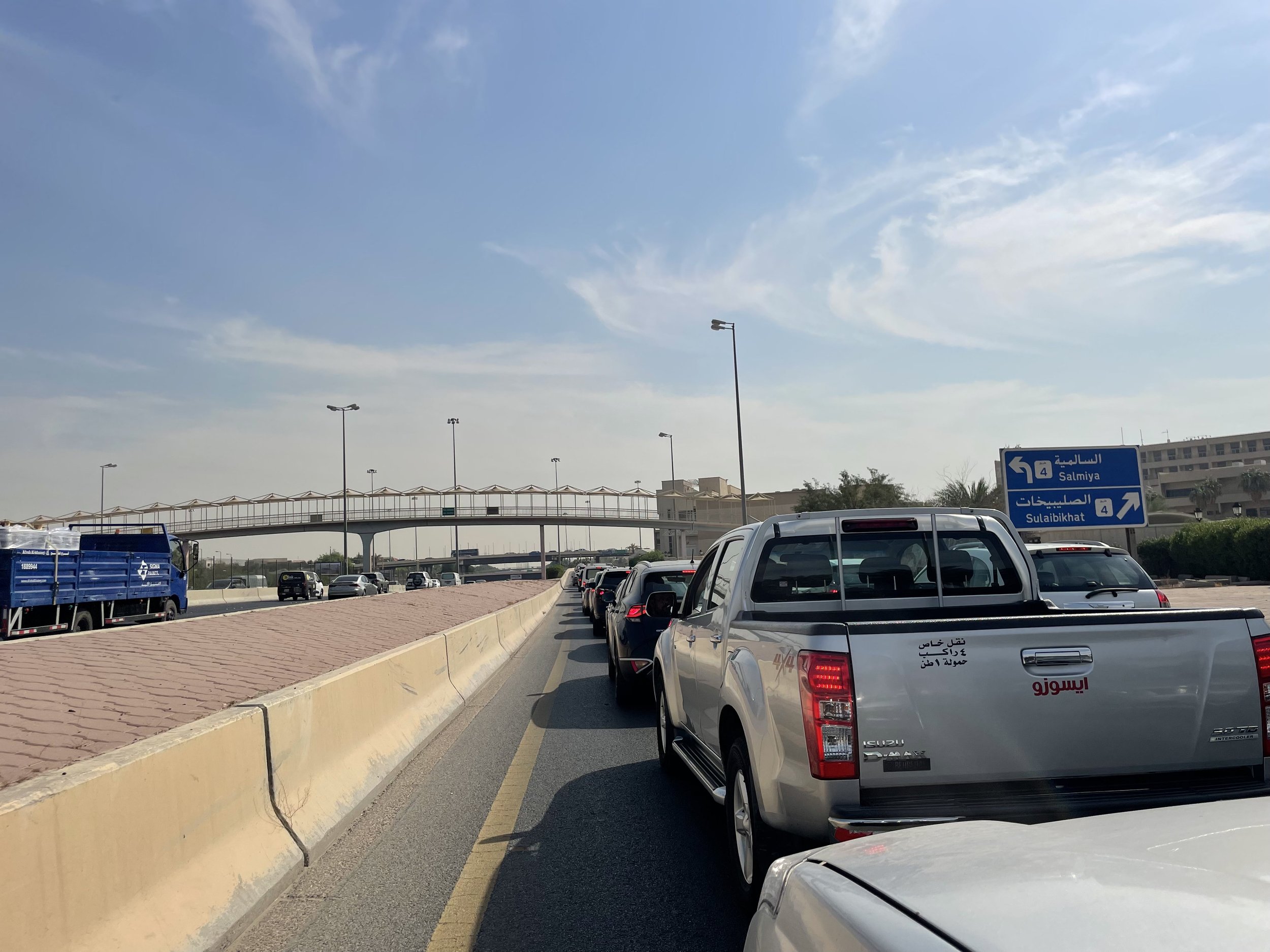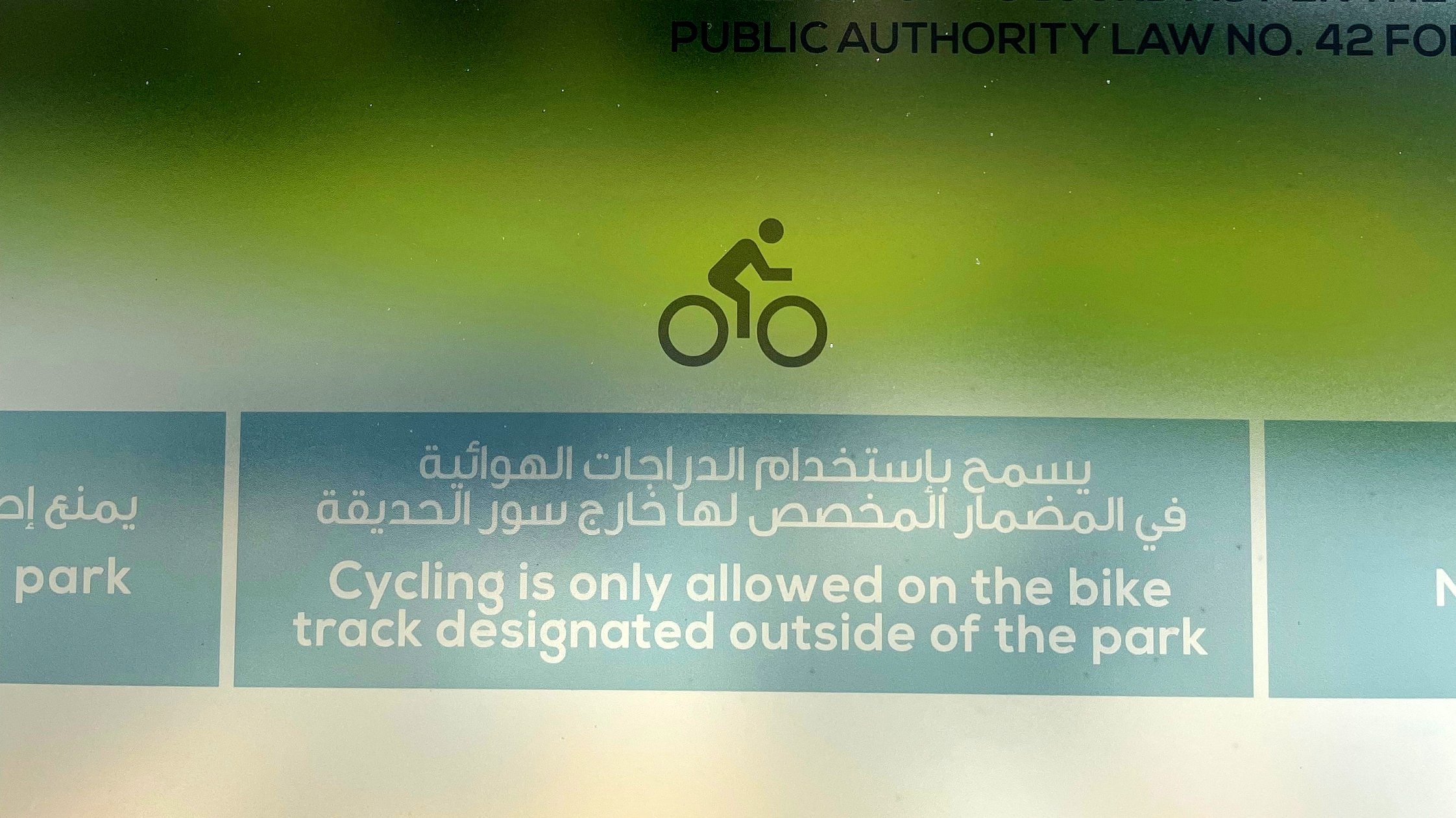The Haves and Have-nots, a cry for safety, growth and opportunity.
A little over a year ago, I left Portland, Oregon, one of the best cycling cities in the US, and headed back home, where I was born and raised. I wasn’t sure what to expect or to find about cycling there, let alone finding a fully-fledged cycling culture.
The journey back home was a rough one for many reasons. Going home is exciting and rejuvenating to some, but to others, it's stressful and borderline depressing. Unfortunately, I belong to the latter group.
Although it's great seeing family and childhood friends, I was under pressure to re-assimilate into a car-centric society. A country at the mercy of mother nature. A place that’s grabbling with the harsh reality of growth and lack of action.
Although that’s not the only reality, it is, however, an alarming one.
At first glance, that might not sound terrible, and I might seem like I’m overreacting. However, as someone who found safety, growth, and opportunity in a place that’s not only bicycle-friendly but bicycle driven; I was worried about not having access to the simplest things.
I’m talking about being able to ride from my front door, not worrying about record-breaking heat every summer, air pollution, or the 4th dust storm to hit this month. These are simple things that a lot of people take for granted.
However, there was a lot to gain in connecting with my roots. I’m forever grateful.
Nevertheless, from a cyclist/lifestyle POV, I was bound to lose out on the things that helped me become a person I admire.
There’s a lot to unpack here, I know.
These fears, concerns, or whatever you might call them, are real and have real-life consequences. I experienced that firsthand. After a rough trip across the globe spanning 40 hours amid a pandemic, I landed on a Wednesday night during a sandstorm in early September.
Typical gridlocked traffic in Kuwait
It’s safe to say that I wasn’t in the right headspace to jump on my bike and explore anytime soon. That depression phase I slipped into was a long time coming. You see, I was trying to think positively about the possibility of maintaining a lifestyle that, well… kept me alive! However, at the back of my head, I knew what I was going back to.
· Going back to long hours spent in gridlock, behind the steering wheel, baking in the sun.
· A place where recent cases of hit and run left many cyclists dead on the side of the road.
· A place where when a cyclist is killed by a driver, the hammer of the law comes down on the victim, the cyclist, and not the driver.
· A place that’s inconducive to a sport that challenges its car-centric way of life.
· A place where the lack of action over the past 30 years is finally becoming a wake-up call, but some might say it's too late.
As a cyclist who lived in a place where I didn’t have to look over my shoulders just to stay alive on the road, the idea of riding on roads like the ones in Kuwait sounded like a death wish to me.
Why did I start this article series with this information?
I’m not trying to talk smack about Kuwait, portray it in a bad light, or paint myself as someone too good to ride in Kuwait.
Not at all.
As I stated earlier, losing the simple things, such as safety on the road, was more than enough to keep me off the road and ride my trainer instead. After all, I’m not any good to my family or country dead.
Remember what I wrote here when I release future articles about the cycling scene in Kuwait. This is an important reality check on which I am obliged to shine a light. Not to fish for sympathy but to bring up important issues that need to be addressed to take the cycling community in Kuwait to the next level.
And by god, it will, one way or another.
Kuwait (left) - Portland (right)
Traffic, roads, and cycling infrastructure
Let’s start with the cycling infrastructure in Kuwait.
There is none*.
A good example of this is the photo above. On the right, you have a dedicated, car-free, multi-use path connecting Downtown Portland all the way out to the countryside. Again, completely car-free!
On the left is a highway that local cyclists in Kuwait frequent since it's the best thing accessible to them year-round. They share the highway with semi-trucks, sports cars going over speed, and a debris-filled safety lane that offers minimal safety in time of need.
But what is considered to be cycling infrastructure anyway? And what metrics do I use to observe the cycling scene in Kuwait?
I drew inspiration and information from a few cycling advocacy YouTube channels, such as Not Just Bikes, CityBeautiful, Propel, and Shifter. According to them, cycling infrastructure:
1. Puts cyclists and Pedestrians first.
2. It Is accessible to all levels of cyclists and commuters.
3. Improves overall safety and minimizes car-bike interaction.
4. Is part of a larger network and not just isolated short-distance cycling paths
5. Has specific traffic laws for cyclists.
6. Backed by legislation and urban planning.
The list goes on
There was a glimmer of hope when the government allowed cycling on the newly opened Jaber Bridge. A 30-mile-long bridge spanning the gulf of Kuwait connecting the south side with the soon-to-be-developed north side. The bridge offers one-of-a-kind views of the city and seemingly floats on top of the sea.
However, when the construction began in 2013, developers didn't have the future outlook to consider the great potential of such a project. They should have developed a multi-use path as that would've been a great attraction, encourages sports and provides a safe space for it's users.
The bridge was closed to cars every Friday morning for about 3 hours in 2019 & 2020. Providing a space for cyclists to safely ride on the bridge. However, as mentioned earlier, a few cases of hit-and-run left cyclists dead on the side of the road.
In one of those cases, the cyclists had a sag wagon (safety car) drafting them, providing protection from careless drivers. But unfortunately, a reckless driver still managed to hit and kill a young female cyclist.
The response from officials was not only unsatisfactory, but borderline insulting to the thriving cycling community in Kuwait. To “solve” the problem, officials banned cyclists from using the bridge as if they were the root of the issue.
When using these metrics, Kuwait easily gets an F in all metrics.
Now notice that I wrote “none*” above. That’s because there are a few multi-use pathways; however, they don’t pass any of the metrics either. Because they were originally walking/running paths that were converted by painting a bike logo on the ground.
In the photo above, is an example of the "cycling" infrastructure I'm referring to. At Alshaeed Park, downtown Kuwait, a cycling track goes about 60% around the park (just phase one). Running alongside a busy & noisy highway.
Who is the target user for this type of cycling track?
Its too short (less than 1 mile), narrow, and is located outside of the park, next to traffic.
Kids?
Pros?
hobbyists?
I'm not sure.
Infrastructure like this is as useless as using a bucket of water to put out a wildfire.
That’s because it doesn’t address the real issue here: the lack of infrastructure. Instead, officials simply stuffed an already crowded walkway, which is still car-dependent since it's challenging to reach them safely without a car.
And with that, they are stuck in a spiraling loop of lack of action on human-centric urban planning.
Did I lose you, my fellow Kuwaiti reader?
If not, then you’re one of the ones that know exactly what I’m talking about. And you probably shake your head in disappointment from listening to this broken record.
Ok, moving on to traffic and roads.
As stated earlier, Kuwait is car-dependent because it thinks it needs to be and can afford to do so. Cars are affordable, gas is cheap, and most are forced into this lifestyle.
Traffic wasn’t a mundane issue back in the ’60s, ’70s, or ’80s. However, the post-Gulf War growth in the country was bigger than officials’ interest in accommodating that growth.
Over 30 years, there have been a lot of mistakes concerning transportation and infrastructure development. In fact, they took a page out of a US approach to solving traffic problems: building more roads.
An example of a Stroad
A classic mistake, yet one that plagues many countries across the world.
Over those years, Officials should have invested in public transportation such as dedicated bus infrastructure, metro systems, and walker-friendly sidewalks. Instead, they just threw a bunch of stroads all over the map, which created these back-breaking traffic jams, heavy car dependency, and the 1-car per person ideology.
Drivers from all over the world suffer from the illusion of “freedom” that cars supposedly provide.
The question is, are you free if you have no other choice?
All of this paved the way to creating an unsustainable way of life, especially with ever-increasing summer temperatures, easily exceeding 55c (131f) degrees. This also paved the way for many cultural challenges that I won’t dive into here.
First, I don’t want to lose the grace of my reader, especially my Kuwaiti peers. Because this issue hits home for many of us, talking about it broadly and on an open forum can be seen as an act of retaliation or hatred directed at the country rather than seeing it as a step of many that we need to take in order to begin to change.
The first of which is to talk about the issue.
The older I get, the more respect I have for those who endured the harsh elements of the desert. However, I also feel hurt and helpless whenever I think about the lack of development in the right places in my home country. At the end of the day, I wish nothing but the best for Kuwait and my people.
I need to lay down these facts at the very beginning of this series of articles. This is the baseline on which I'll build this story. And trust me when I say that I found many unique and amazing stories from just getting to know some of the local cyclists over a few weeks.
These unique stories I found say a lot about my people, our sport, and what’s to become of Kuwait's cycling scene.
With that, I encourage you to keep up with these articles, engage with questions and comments, and share these stories within your cycling community.










